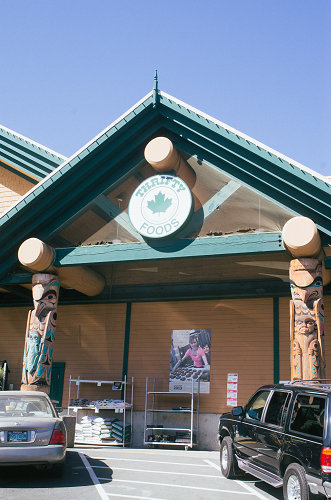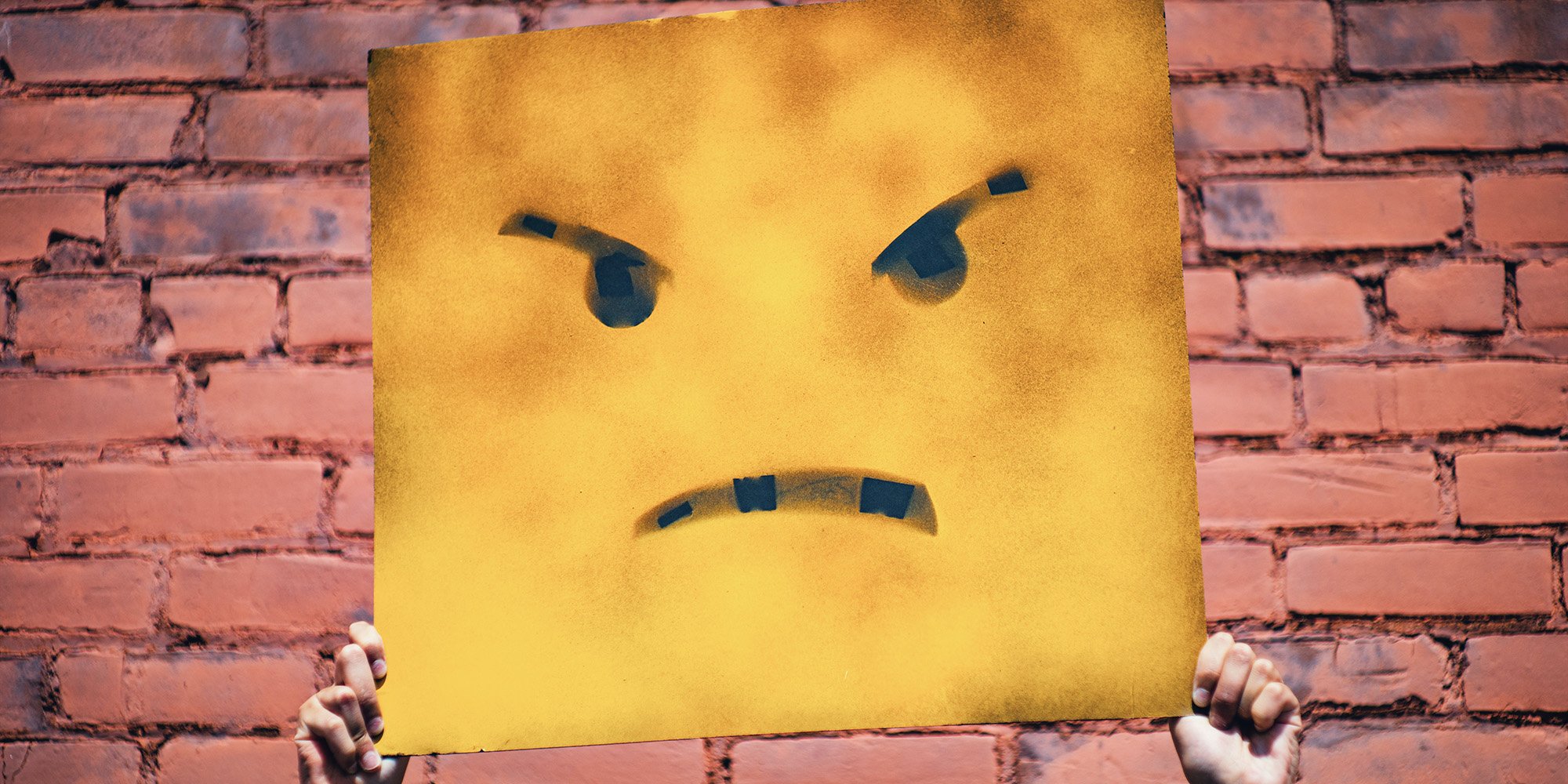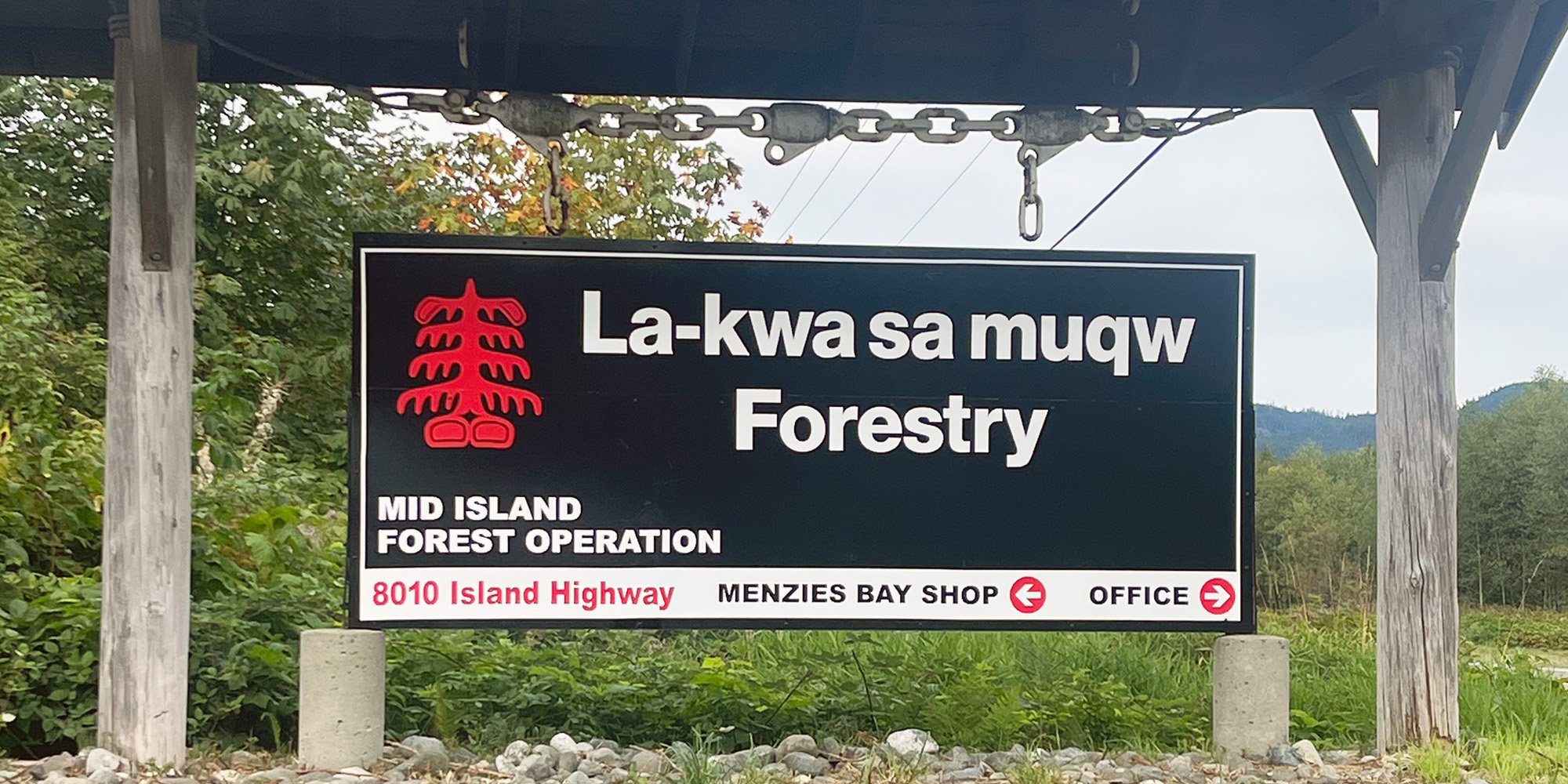Uncivil Dialogue and Indigenous Peoples
Uncivil dialogue in Canada is alive and well, if only as indicated by the nature of the statements and conversations that take place in the comments...

Recently, in the media, there has been a discussion of racial profiling of Indigenous and other consumers. In this article we talk about the profiling of Indigenous consumers by retailers and provide hints and tips for retailers should they feel their organization practices Indigenous racial profiling.
People in racialized and First Nations, Métis, and Inuit (Indigenous) communities have had longstanding concerns about racial profiling and other forms of racial discrimination. Racial profiling is an insidious and particularly damaging type of racial discrimination that relates to notions of safety and security. It often, but not always, relies on stereotyping based on preconceived notions about the character of a person or group.
Racial profiling is not just about individual incidents perpetrated by individuals in authority based on conscious or unconscious bias. In fact, racial profiling can be more subtle. It can become part of the “normal” way an organization operates. We heard how many individual incidents of racial profiling may arise because of policies, procedures, decision-making practices or culture embedded throughout the organization or sector. Collectively, we must start looking at racial profiling as institutional or systemic in nature." [1]
Many Canadians are appalled at the thought that racism and racial profiling are alive and well in Canada. The 2017 report from the Ontario Human Rights Commission Under Suspicion: Research and consultation report on racial profiling in Ontario exposes the ugly truth about the level of racism in Ontario. But, we want to clarify that racism and racial profiling are experienced by Indigenous individuals right across the country.
The root of racism towards Indigenous Peoples extends all the way back to the era when the land now known as Canada was being colonized and opened up for European settlers. Government-directed policies were designed with cultural genocide as the end goal.
Despite the goal of wanting to “get rid the Indian problem” (1920, Duncan Campbell Scott, Deputy Superintendent General of Indian Affairs, 1913 - 1932) the Indigenous population has survived and is now the fastest growing segment of the population. And that means that this segment of the population is paying taxes, contributing to the Gross Domestic Product, owning businesses, providing employment, going to restaurants, and purchasing goods and services.
Following are some suggestions on what managers and staff can avoid doing and should do to ensure Indigenous customers are welcomed and respected:
92. Business and Reconciliation
iii. Provide education for management and staff on the history of Aboriginal peoples, including the history and legacy of residential schools, the United Nations Declaration on the Rights of Indigenous Peoples, Treaties and Aboriginal rights, Indigenous law, and Aboriginal–Crown relations. This will require skills-based training in intercultural competency, conflict resolution, human rights, and anti-racism.

These are just a few suggestions on how to ensure your enterprise does not practice Indigenous racial profiling. We respectfully encourage you to share this with your managers and staff.
[1] Under suspicion: Research and consultation report on racial profiling in Ontario
[2] Truth and Reconciliation Commission Calls to Action
Featured photo: Unsplash

Uncivil dialogue in Canada is alive and well, if only as indicated by the nature of the statements and conversations that take place in the comments...

Ensuring economic certainty in a proposed project with an Indigenous community is a key component of mutually beneficial and effective Indigenous...

As an Indigenous relations trainer, I strive to maintain a positive attitude that we are making progress on reconciliation. There are setbacks but I...